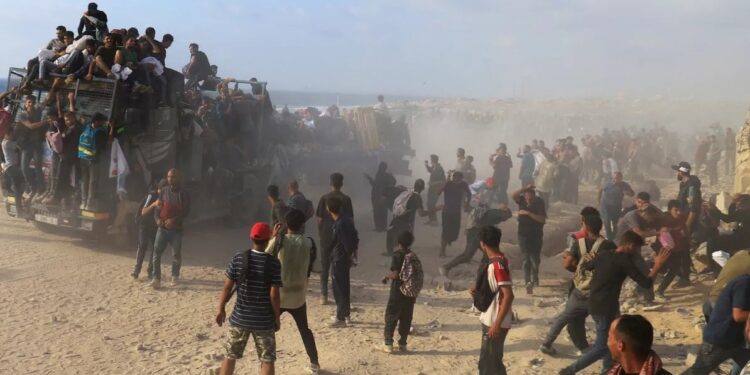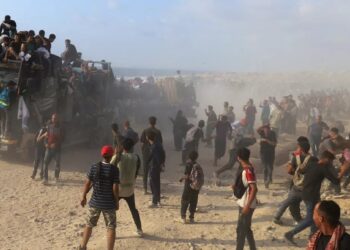A crucial ceasefire officially came into effect in the Gaza Strip at dawn Friday, marking the first major pause after more than two years of violence, mass destruction and an unprecedented humanitarian crisis. The agreement, concluded between Israel and Hamas under international mediation, provides for a cessation of hostilities, the exchange of prisoners and hostages, as well as a first phase of emergency humanitarian aid.
According to the terms validated by the Israeli cabinet, the truce was to begin 24 hours after official ratification. The first moments of this ceasefire are being observed cautiously on the ground, where civilian populations hope that the silence of the guns will really translate into an end to the bombings and the arrival of humanitarian convoys.
This truce also includes an exchange mechanism: the gradual release of hostages held in Gaza, against that of Palestinian detainees in Israeli prisons. The United Nations and several foreign capitals welcomed an “indispensable first step”, while recalling that the real challenge will be lasting respect for the agreement.
In Gaza, displaced families are already flocking to some areas, despite fears of violations or sudden resumptions of fighting. Exhausted medical infrastructures are awaiting secure access to treat thousands of injured people.
For now, the ceasefire is holding, but the international community is closely monitoring any potential escalation. After two years of war, it is the hope of a respite – fragile, but vital – which is reborn in a battered enclave, in search of peace and reconstruction.




